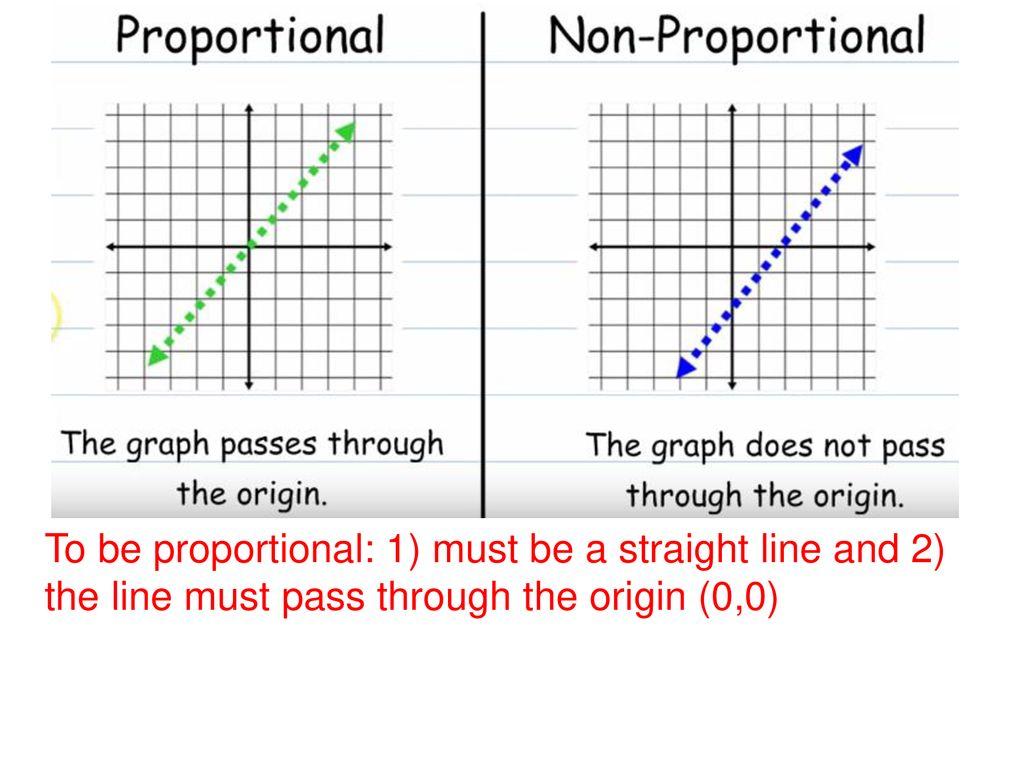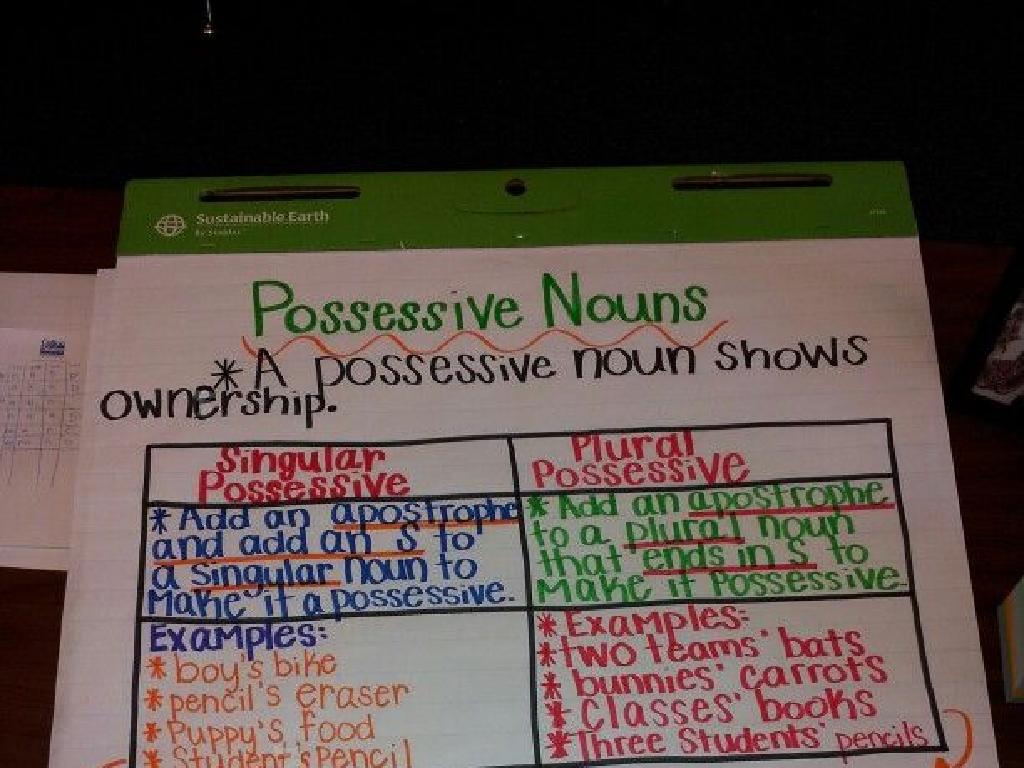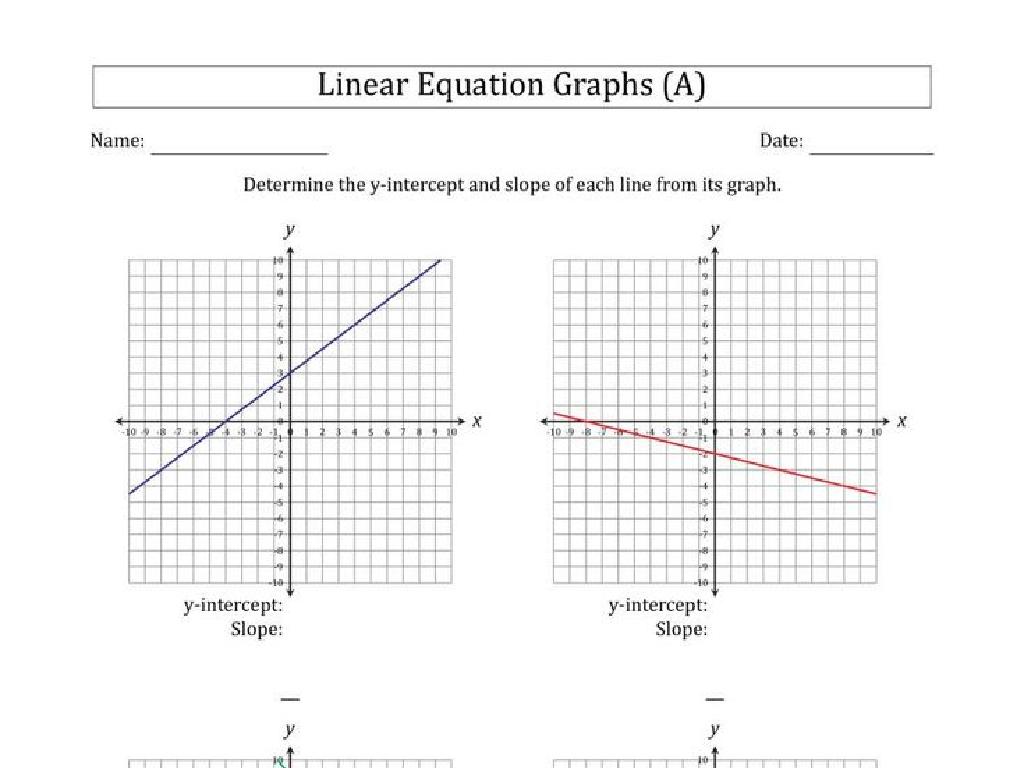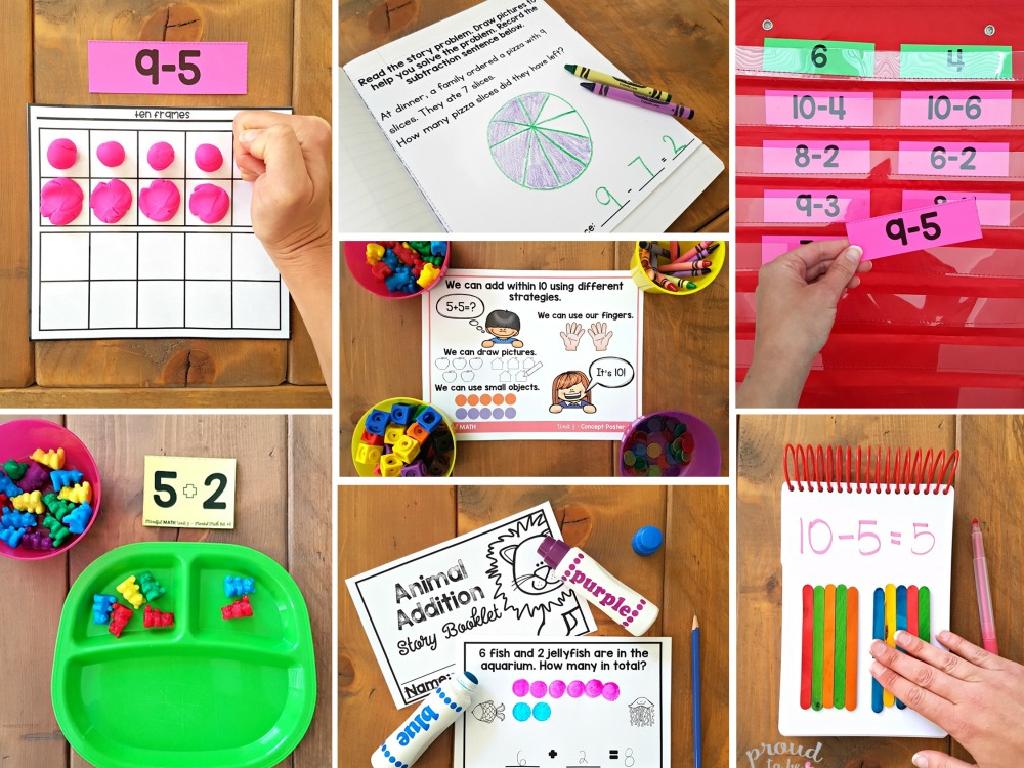Wide And Narrow
Subject: Math
Grade: Kindergarten
Topic: Measurement
Please LOG IN to download the presentation. Access is available to registered users only.
View More Content
Welcome to Measurement: Wide and Narrow
– Understanding ‘Wide and Narrow’
– Identifying wide objects
– Things that take up more space side to side
– Identifying narrow objects
– Things that take up less space side to side
– Examples in the classroom
– Use classroom items for real examples
|
Begin the class with a warm greeting and introduce the concept of ‘Wide and Narrow’ as part of learning about measurement. Encourage the children to look around and think of objects that are wide, like a table, or narrow, like a pencil. Use classroom items to give tangible examples, making it easier for the students to grasp the concept. Engage the students by asking them to compare different objects in the classroom to determine if they are wide or narrow. This interactive approach will help them understand the concept in a fun and memorable way.
Exploring Width: What Does Wide Mean?
– ‘Wide’ means big side-to-side
– Like the distance across a table
– Examples: table, bookshelf, slide
– A wide bookshelf holds many books, a wide slide fits many friends
– Activity: Stretch arms out wide!
– Let’s see how wide we can stretch!
|
This slide introduces the concept of ‘wide’ to Kindergarten students by relating it to familiar objects and an interactive activity. Explain that ‘wide’ refers to something that has a large distance from one side to the other, like the width of a table or the breadth of a bookshelf. Use classroom items to demonstrate width. The activity involves students stretching their arms out as wide as they can, which helps them understand the concept through physical movement. Encourage them to think of other wide things in the classroom or at home. This kinesthetic approach aids in solidifying the concept of ‘wide’ in their minds.
Understanding Wide and Narrow
– What does ‘narrow’ mean?
– Narrow is small from one side to other
– Examples of narrow objects
– A pencil, ruler, or a narrow path
– Hands-on activity: Show narrow
– Put hands close to make narrow space
– Discuss why things are narrow
|
This slide introduces the concept of ‘narrow’ to Kindergarten students. Begin by explaining that ‘narrow’ refers to something that isn’t very wide from one side to the other. Use tangible examples like a pencil or a ruler, which the children can easily relate to and may have seen in their daily lives. Encourage a hands-on activity where students put their hands close together to visualize and feel what ‘narrow’ is like. This kinesthetic approach helps solidify the concept. Lastly, engage the students in a discussion about why certain things are narrow and how this can be useful or necessary in different situations.
Wide vs. Narrow: Exploring Space
– Look at pictures: wide or narrow?
– Use arms to show space
– Stretch arms out wide or keep them close together
– Wide is like a big hug
– Narrow is like holding a bug
|
This slide is designed to help Kindergarten students understand the concept of wide and narrow through physical activity and relatable imagery. Show them pictures of objects or spaces and ask them to decide if each one is wide or narrow. Encourage them to use their arms to demonstrate the width of each object, stretching them out for ‘wide’ and bringing them close for ‘narrow.’ Use the analogy of a ‘big hug’ to represent ‘wide’ and ‘holding a tiny bug’ for ‘narrow’ to make the concept more intuitive. During the class, guide them through the activity, ensuring they understand the difference between wide and narrow spaces. This kinesthetic approach helps solidify the concept in a fun and engaging way.
Exploring Wide and Narrow
– Look around for wide objects
– Look for narrow objects too
– Point to something wide
– For example, a bookshelf may be wide
– Point to something narrow
– A pencil might be an example of narrow
|
This slide is designed to engage students in a practical activity to identify wide and narrow objects in their immediate environment. Encourage the children to observe their surroundings and use their understanding of ‘wide’ and ‘narrow’ to classify objects. Provide guidance by pointing out a few examples in the classroom, such as a wide table or a narrow door frame. This activity will help reinforce the concept of measurement and comparison. For the activity, have a few examples ready in case students need help, and be prepared to facilitate the sharing of what they find. This will help them understand the concept of width and how to compare different objects. Remember to praise their efforts and correct gently if they make mistakes.
Wide and Narrow in Nature
– Nature shows wide and narrow
– Compare rivers and streams
– A wide river is broad, a narrow stream is slim
– Look at trees: trunks vs. branches
– Tree trunks are thick, branches are thinner
– Understanding through observation
|
This slide aims to teach Kindergarten students about the concepts of wide and narrow using examples from nature, which they can easily observe in their environment. Start by explaining that nature is full of different shapes and sizes. Show them pictures of a wide river compared to a narrow stream, highlighting the difference in width. Similarly, compare a tree trunk to its branches to illustrate the concept of wide versus narrow. Encourage the students to observe these differences in real life, perhaps on a nature walk or in their own backyards. This will help them grasp the measurement concepts of wide and narrow in a tangible and memorable way.
Class Activity: Wide and Narrow Hunt
– Let’s explore wide and narrow
– Draw wide and narrow items
– Find things like doors (wide) or pencils (narrow)
– Stay with our group
– Use ‘inside walking feet’
|
This activity is designed to help Kindergarten students understand the concepts of wide and narrow through a fun and interactive ‘Wide and Narrow Hunt.’ Before starting, explain what wide and narrow mean with examples. During the hunt, guide the students around the school to look for objects that are wide like doors, hallways, or tables and objects that are narrow like pencils, crayons, or rulers. Encourage them to draw these items in their notebooks. Remind them to stay together as a group and to walk calmly inside the school. After the activity, gather the students and discuss their findings, reinforcing the concepts of wide and narrow. This will help them visualize and differentiate between the two measurements in a practical setting.
Great Job Exploring Wide and Narrow!
– Celebrate our hunt success
– Understanding wide vs. narrow
– Wide is when something stretches out more side to side, narrow is the opposite
– Time to share our drawings
– Show the class the pictures you drew of wide and narrow things
– Reflect on what we learned
|
This slide is meant to conclude the lesson on wide and narrow. Congratulate the students on successfully completing the hunt and finding items that are wide and narrow. Reinforce the concept by reminding them that wide objects stretch out more from side to side compared to narrow objects. Encourage the children to share their drawings with the class, which will help them articulate their understanding and learn from each other. Finally, ask them to reflect on what they’ve learned to solidify their grasp of the concepts. This reflection can be facilitated by asking questions like ‘Which object was the widest?’ or ‘Can you find something narrow in the classroom?’






